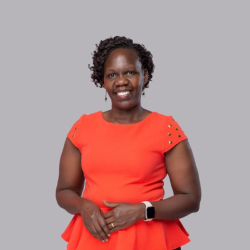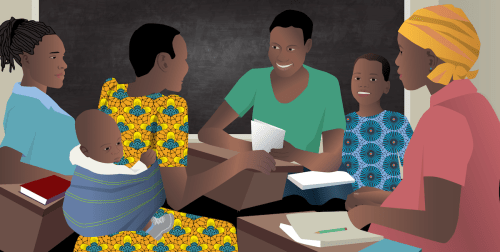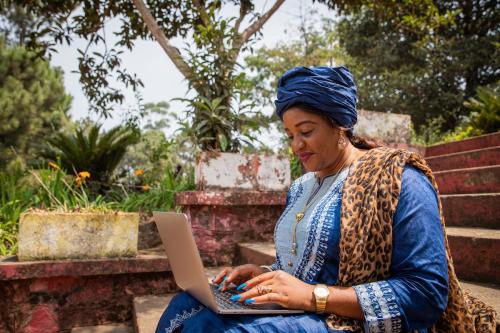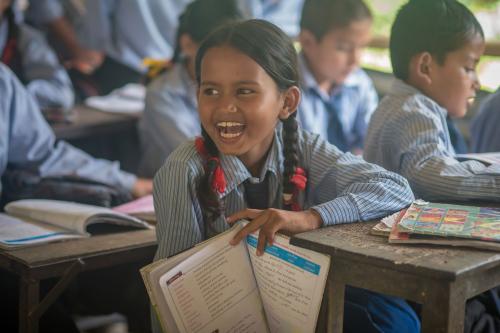This viewpoint is part of Foresight Africa 2024.
The COVID-19 pandemic resulted in the closure of educational institutions worldwide, affecting nearly 90% of students. The effect of the lockdown on education varied distinctly. It was more detrimental in Africa where many countries are still struggling with education, especially in sub-Saharan Africa. In Uganda, school closures resulted in 15 million learners being out of school for nearly two years, half of them being girls and young women. With a 7:6:3 (seven years of primary, six years of secondary, and an average three years at university) education system, children in Uganda spend more time in school. School closure effect was worse at secondary and upper primary levels.
In Uganda, school closures [related to COVID-19] resulted in 15 million learners being out of school for nearly two years, half of them being girls and young women.
The Ugandan education system keeps children occupied with rigorous school activities and limited time at home. The COVID-19 lockdowns challenged family systems, with both children and parents who did not “know” how to live together given that children on average spend nine months annually at school. Parents were reportedly absent in the lives of children, having been used to inadvertently relegating holistic responsibility to schools. Due to socio-economic challenges, many children, due to being idle during lockdown, engaged in activities including retail businesses, smuggling, motorcycle riding, gambling, sex, and sports. These activities were completely divorced from their routinely structured school lives and the watchful eyes of teachers and parents.
Although the government of Uganda introduced continued learning interventions, lessons on radios and television, and home study materials, they could not work under such conditions. Besides, the interventions were against the background of economic status and the rural-urban divide of the learners. Assessments conducted revealed that over 51% of children did not have any learning during school closure, and did not benefit from the interventions. This further widened the social differences of children especially between the rich and the poor, hence delaying the achievement of the SDGs, Uganda Vision 2040, and Africa Vision 2063.
Surveys undertaken upon schools opening in January 2022 indicated that over 100,000 learners, especially girls, had dropped out due to unintended pregnancies, early marriages, child labor, loss of interest in schooling, and lack of financial support resulting from parents’ inability to meet school dues and provide material needs due to their economic activities were affected by the pandemic. In some cases, girls were pushed by parents to become breadwinners. Boys were equally affected; a study by FAWE Uganda to assess the response to school after lockdown established that some boys lost interest in school and engaged in petty jobs, such as hawking and riding motorbikes. The government of Uganda launched the “revised Guidelines on the prevention and management of teenage pregnancy in schools settings in Uganda,” incorporating re-entry to facilitate pregnant adolescents, and young mothers’ return to school after childbirth, however, many did not respond and remain unaccounted for, a circumstance not unique to Uganda.
Notably, a policy on school re-entry for teenage mothers on its own will not facilitate better socio-economic and development outcomes for girls and young women. Young mothers face an intersection of economic and socio-cultural barriers that should be dealt with alongside policy. Governments like Uganda’s dealing with these issues should therefore: prioritize effecting school re-entry, commit funds for massive second-chance education for all school-age children, develop culturally acceptable sexuality education for implementation, involve communities and girls to change gender-discriminatory norms, and design programs to get parents involved in the holistic upbringing of their children.
The Brookings Institution is committed to quality, independence, and impact.
We are supported by a diverse array of funders. In line with our values and policies, each Brookings publication represents the sole views of its author(s).









Commentary
Post-COVID-19 disruption of education: Calamitous girls’ education setback
August 20, 2024